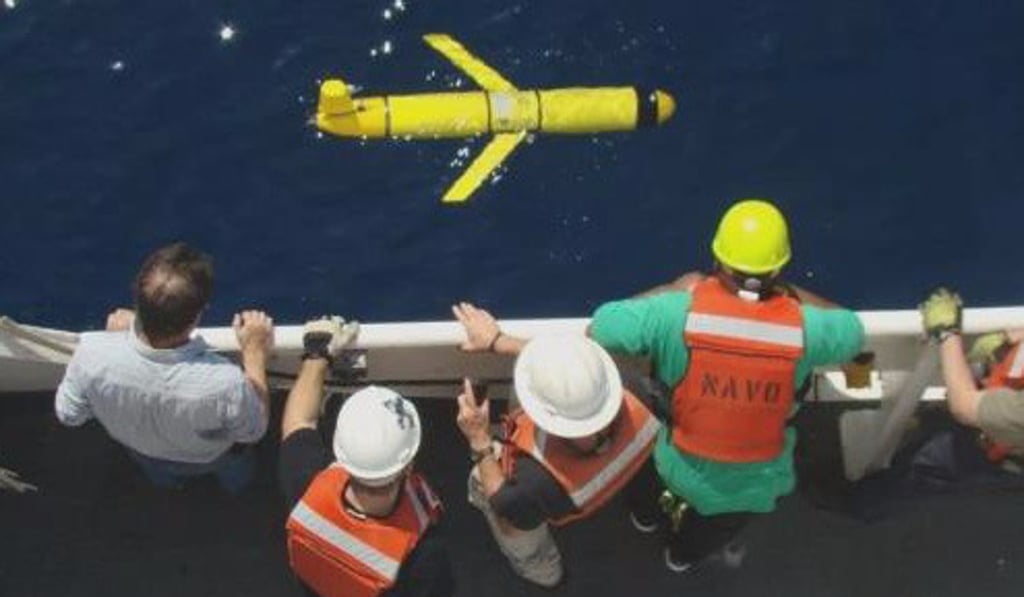How India, too, is on a quest for undersea dominance, to counter the Chinese navy’s growing presence
Abhijit Singh says as China and the US pursue development of unmanned underwater drones, the Indian navy is also adjusting its strategy to include autonomous vehicles in its armoury against China’s growing undersea footprint in the Indian Ocean

China isn’t alone in its quest for undersea dominance. Last year, the United States commissioned its first-ever squadron of unmanned underwater vehicles, or drones, and contracted top defence firms to produce a new generation of such machines. It aims to enhance its combat potential, including in anti-submarine, mine clearance and even counter-underwater drone operations.
Deep-sea drones are not exactly new, but have recently come to the fore as potential replacements for conventional submarines. Military experts say a technological revolution in undersea warfare is making the maritime environment increasingly transparent. Lower frequency active sonar and non-acoustic detection methods are making it hard for submarines to hide by keeping quiet.

To be sure, the consensus on unmanned vehicles isn’t universal. Traditionalists are sceptical of unmanned vehicles, which do not yet have combat capability. They say nuclear attack submarines and diesel-electric vessels remain indispensable in underwater warfare. Faster and quieter, the latest submarines have higher endurance, significant energy generation capacity and advanced sensors; they are more able to intervene decisively in contested waters.
Yet, for other navalists, conventional submarines are anachronisms. Given the development of undersea platforms to hunt down attack submarines, the idea of sending manned submarines into hostile spaces is woefully out of date, to say the least.
